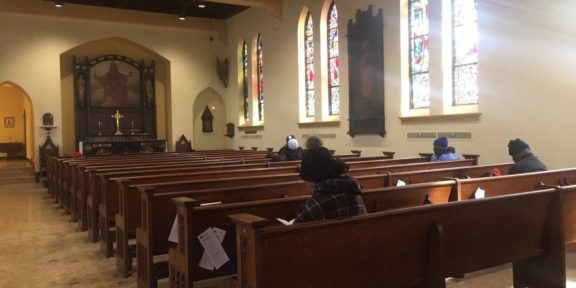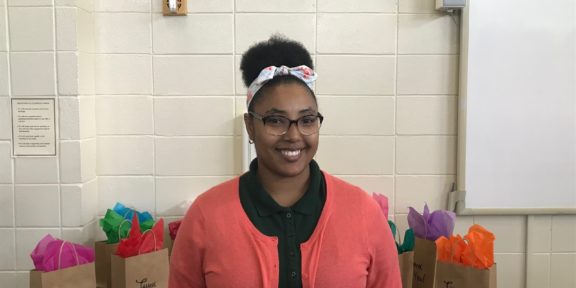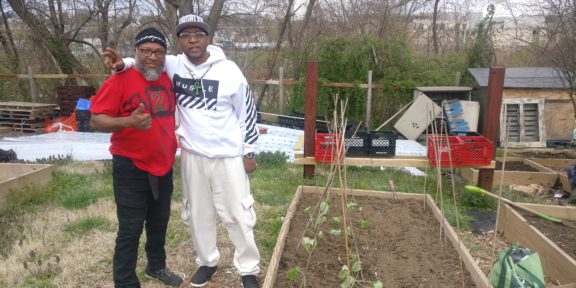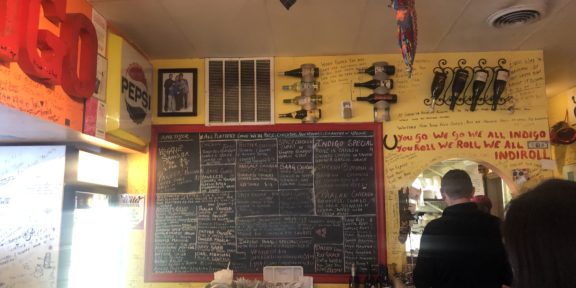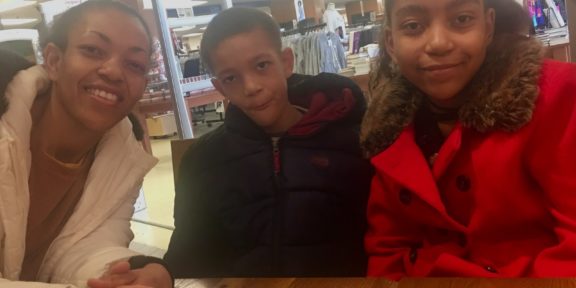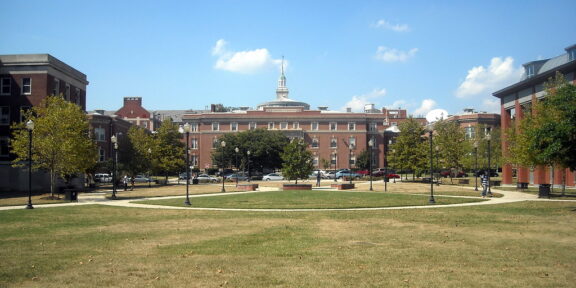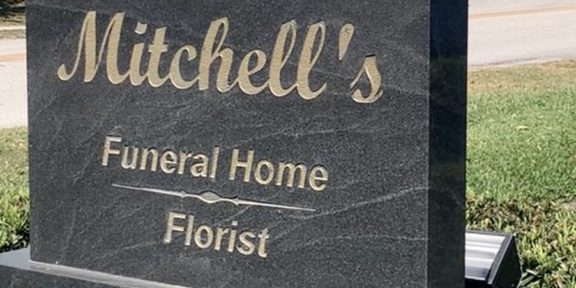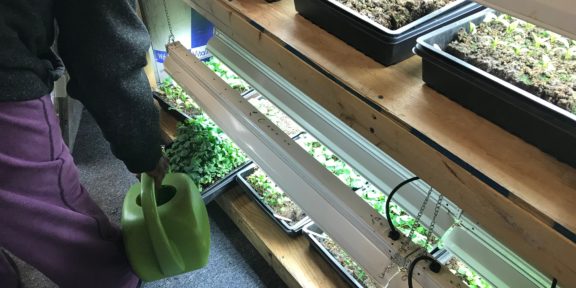Overlooked in the nation’s capital where millennials ardently amass, tourists aimlessly roam, and monuments lie, The Safe At Home program provides home safety and home security adaptations for the district’s elderly population and adults burdened by disabilities.
The Safe At Home Program, a collaborative initiative between the District of Columbia Office of Aging & Community Living and Home Care Partners, introduced in January of 2016, is a program that drives to serve the underrepresented senior population of Washington D.C.
The nation’s population account has aged in the most recent years according to a 2017 population report by the U.S Census Bureau. As median age continues to increase throughout the United States, seniors 65 and older are beginning to account for a larger percentage of the general population. A 2017 Census Population Report, shows that residents in the nation 65 and older grew from 35 million in 2000, to a whopping 49.2 million in 2016, representing 15.2% of the total population.
In the District of Columbia, there are approximately 79,016 residents age 65 and older, representing 12.1% of the population. Among the older population, falls are the leading cause of injury in the United States. In Washington D.C., according to the Centers for Disease Control and Prevention, 27% of adults 65 and older reported falls. Additionally, older residents in the district living with disabilities comprise 34% of the population.
On a mission to keep seniors safe in their homes and restoration of independence, the program aims to provide in-home preventative modifications to improve the safety and quality of life amongst the elderly population.
Funded by grant money from the District of Columbia Office of Aging (DCOA), this safety program provides home adaptation grants up to $10,000 to reduce risks of slips, falls, and any other potential injuries. Annually, in the United States, one-fourth of adults 65 and older experience falls, which can lead to fractures or traumatic brain injuries in older adults. To aid the aging population, The Safe at Home program provides adaptations such as; handrails, grab bars, bathtub cuts, shower seats, furniture risers, and chair lifts.
Program Manager, Alayna Waldrum yearns to see seniors of Washington D.C. feel much safer while alone in their homes.
Alayna Waldrum, says their goal is “to find a way to offer comprehensive services to seniors in the city and to fill in any gaps where people are not receiving what they need to live safely in the city.”
Mayor Muriel Bowser (D) attempted to alleviate the safety issue among older residents in 2016 when she committed $14 million to the Safe At Home Program along with her launch of other age-friendly initiatives around the district.
On February 8, Bowser highlighted the mission of security and safety for seniors when she signed a bill expanding the DC Office of Aging as a department, making it clear to seniors that they matter.
As an occupational therapist, Tori Goldhammer helped jumpstart the program with the help of other advocacy groups, while working with residents to determine how to remain in their houses as they age. Due to her hands on occupation, she was able to identify the significant needs in the community and decided to help. After the program received funding from the DCOA residents were then able to reduce safety risks.
Goldhammer says, “We’ve seen approximately a fifty percent decrease in home safety hazards,” which are things that lead to falls.
To evaluate the effectiveness of the program, The Georgetown College of Nursing and Health Studies collaborated with the DCOA to create an assessment to measure the participant satisfaction, fear of falling, and rate of falls. According to the evaluation, 92.2% of respondents are satisfied with the program, and 64% of participants experienced no falls during that 2016 fiscal year. Additionally, the program successfully reduced their participants fear of falling by 47%.
Program participant, Joseph Wright, says, “As an older D.C. resident we’re always forgotten. Through this program, I’ve been able to regain my independence and not risk falling while doing the normal chores around the house and the things that I love to do. With the handrails and other tools, I now feel good. I’m comfortable thanks to [The Safe At Home Program].”
Program participant, Carolyn Alston says, “They were awesome! The Safe at Home Program provided services for us that I didn’t know we needed. From the bathroom to the basement, they installed grab bars and railings.”
“If we didn’t have these things we would probably be moving into senior living places, but now we can stay safe at home,” she continued. “This program has been truly a blessing to us, and you can give that credit to Marion Berry for thinking of this program.”

